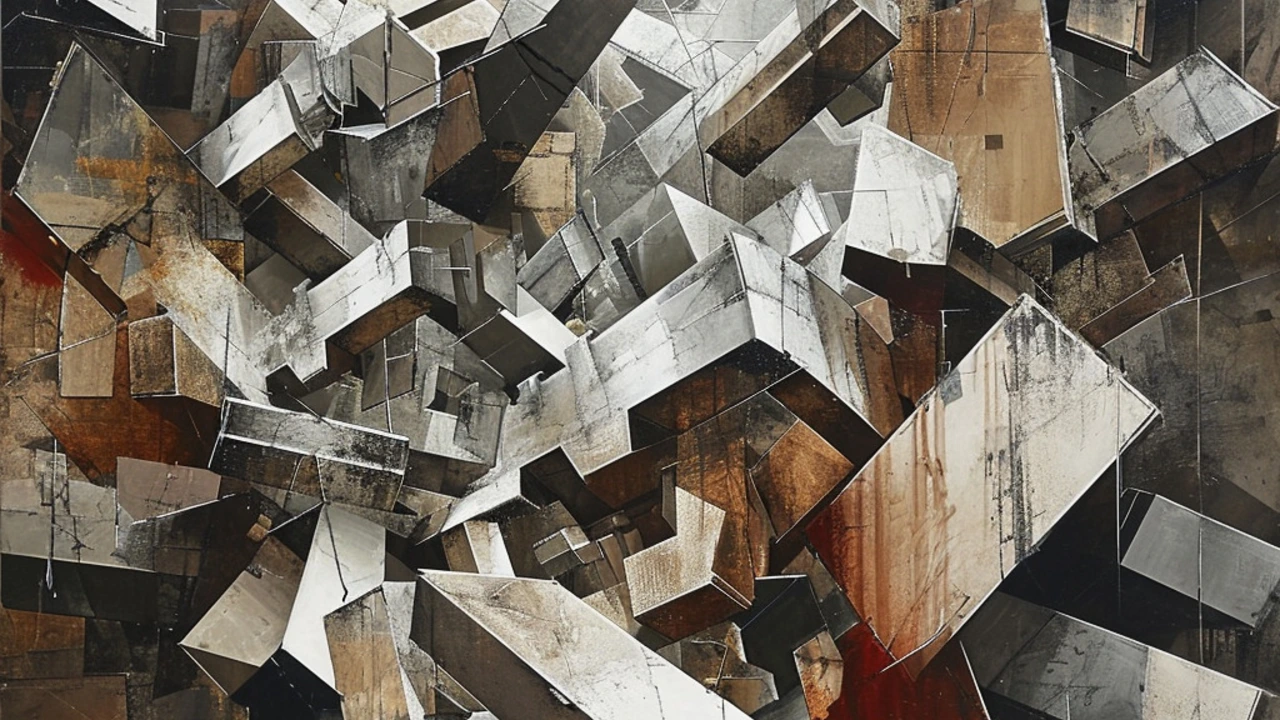Deconstructivist Movement: How Architects Break the Rules
What if a building looked like it was falling apart on purpose? The deconstructivist movement did just that — it made architecture feel unstable, fragmented, and alive. Born in the late 1970s and hitting attention in the 1980s, deconstructivism flipped conventional design: straight lines, symmetry, and predictable forms were no longer the rules.
Key figures pushed this idea. Frank Gehry wrapped steel and titanium into swoops that seem to defy gravity. Zaha Hadid drew aggressive, slashing volumes that read like motion frozen in time. Peter Eisenman, Daniel Libeskind, Bernard Tschumi, and Rem Koolhaas all explored broken geometry, displaced planes, and awkward joints that force you to rethink space. Those architects didn’t all agree on theory, but shared a taste for drama and dissonance.
How to spot deconstructivist architecture? Look for fragmentation and sharp angles, surfaces that clash instead of lining up, and buildings that seem to move or hang in tension. Materials are raw and modern — exposed concrete, steel, lots of glass, and cladding that creates odd reflections. The Jewish Museum in Berlin, the Guggenheim Bilbao, Vitra Fire Station, and Wexner Center are clear examples that show how dramatic and personal the style can be.
The movement stirred controversy. Critics say deconstructivist buildings prioritize form over function, raising costs and complicating maintenance. Supporters argue they challenge how we experience space, and reflect contemporary life’s complexity. Both views matter: some deconstructivist projects are brilliant civic landmarks; others suffer from practical flaws.
Technology helped the movement grow. Computer-aided design and 3D modeling allowed architects to imagine and build shapes that were impossible before. Those digital tools turned chaotic sketches into buildable structures — and opened the door for other contemporary styles that favor complex curves and folded surfaces.
If you’re an architecture lover, try this: when you visit a city, seek out buildings with jagged profiles, mismatched windows, or corridors that surprise you. Take photos from different angles — deconstructivist works often offer new reads depending on your viewpoint. For designers, using controlled fragmentation inside a space can add tension without sacrificing usability: think offset partitions, layered ceiling planes, or furniture that contrasts with clean walls.
Preserving deconstructivist buildings presents its own problems. Irregular joints and custom materials age differently, so conservation needs a careful mix of craftsmanship and technical fixes. That’s part of why these projects can be expensive to maintain, but also why they make for compelling restoration challenges.
The deconstructivist movement isn’t a neat, single school. It’s a cluster of ideas that pushed architecture toward risk, surprise, and raw expression. Whether you love it or hate it, it changed how architects imagine form — and it still influences bold designs today.
Want a quick reading list? Start with Frank Gehry's Guggenheim Bilbao, Libeskind's Jewish Museum, Hadid’s Vitra Fire Station and Koolhaas’s Seattle Central Library. On this tag page you'll find deeper pieces on historical styles, preservation, and design tips to spot deconstructivist moves in everyday buildings. Start exploring the posts.

Revolutionizing Architecture: The Role of Deconstructivism
Hey there, my architectural aficionados! It's time to shake up those gray cells with some groundbreaking, mind-bending stuff called - wait for it - Deconstructivism! This is not your grandma's architecture, folks. It's a bold, rule-breaking rebel, tearing down the traditional norms and ideals of architecture to create structures that literally defy gravity and blow the socks off expectations. From Frank Gehry's dancing house in Prague to Zaha Hadid's dynamic designs, deconstructivism is the rockstar of the architectural world, twisting and turning our perception of space, function, and form. And let me tell you, it's as exciting as a rollercoaster ride on Mars. Totally worth exploring, right? Buckle up, and let's dive into this architectural adventure together!
Read more